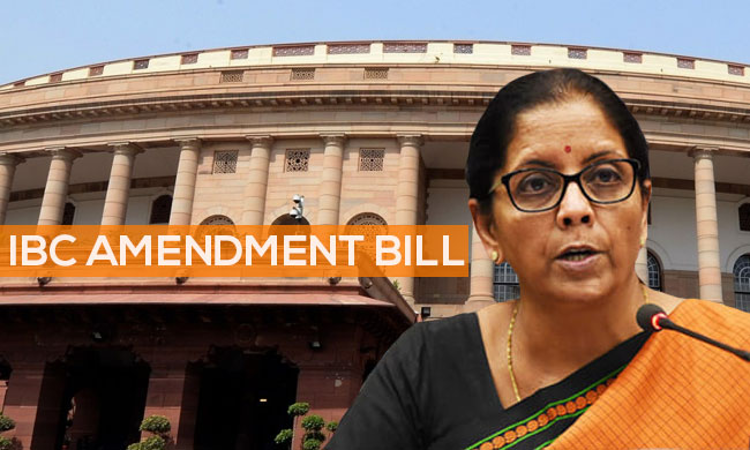Insolvency And Bankruptcy Code Amendment Bill Passed By Parliament
LIVELAW NEWS NETWORK
1 Aug 2019 6:53 PM IST

Next Story
1 Aug 2019 6:53 PM IST
The Lok Sabha on Thursday passed the Insolvency and Bankruptcy Code (Amendment) Bill 2019, which was cleared by Rajya Sabha on July 29.The Bill seeks to bring in clarity regarding the preference of secured financial creditors over operational creditors in the matter of distribution of assets of the corporate debtor.Union Minister for Finance and Corporate Affairs Nirmala Sitharman said that...
